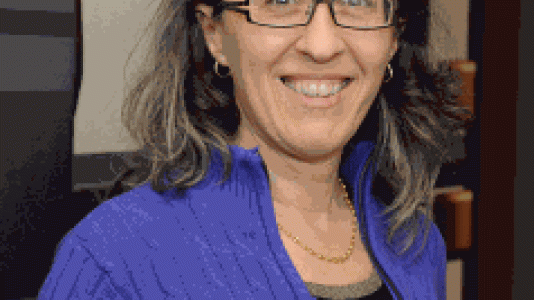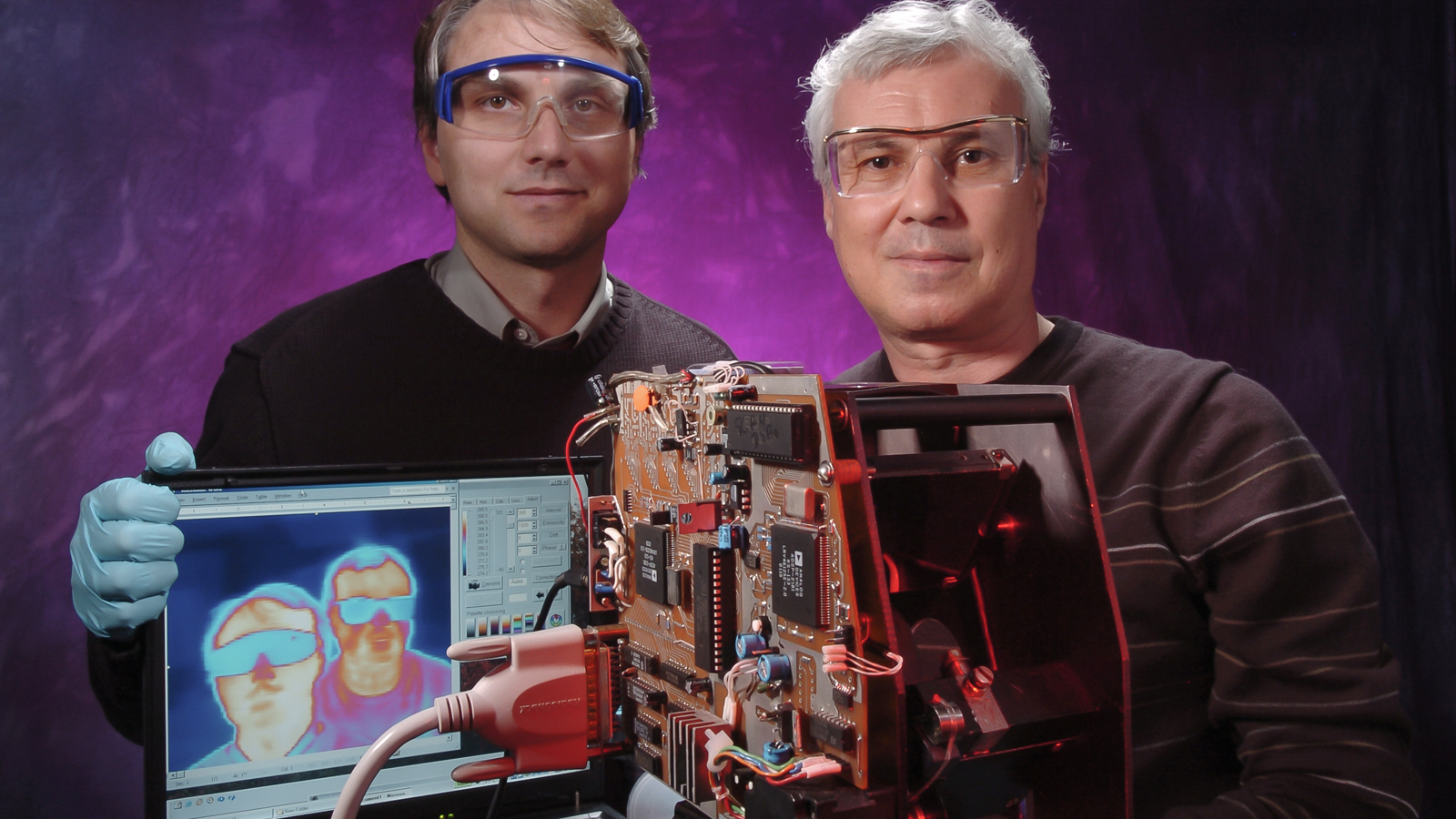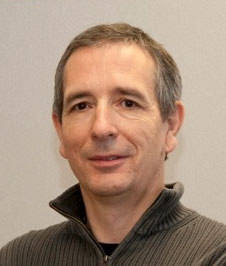
ARGONNE, Ill. – Three scientists at the U.S. Department of Energy’s Argonne National Laboratory have been named fellows of the American Physical Society for 2013.
Physicists Katherine Harkay, Valentyn Novosad and Stephan Rosenkranz were recognized for their “exceptional contributions to physics.” The award is reserved for one-half of one percent of the society’s total membership. Northwestern University physicst Frank Petriello, who has a joint appointment at Argonne, was also inducted.
Harkay’s induction as an APS Fellow comes as a result of her impact on the field of accelerator physics. Harkay’s award specifically mentioned her study of electron cloud effects, phenomena that occur inside the vacuum chamber of an accelerator as the accelerator beam interacts with it. “You design these systems with a certain function, but all sorts of things happen that you didn’t design for that affect the performance,” Harkay said.
Electron cloud effects are one example of what scientists call “multiphysics,” in which scientists have to account for several or many distinct physical and interrelated processes at the same time. “Originally, you’re principally interested in what’s happening in the chamber but instead you are now concerned with things that are happening on the walls of the chamber,” Harkay said. “I’m always curious about things that involve multiple processes and when you put them all together they can have complicated results.”
Harkay has also been influential in the development of superconducting undulators for Argonne’s Advanced Photon Source. These undulators – while still in the proof of concept stage – allow scientists to create much brighter X-rays by generating a much stronger magnetic field in a small space.
“I put effort into mentoring other women scientists – I feel it’s very important to be a role model to other young women scientists, and I’m trying to serve in that capacity as much as I can,” she said. “Being a fellow for these young women, they see that it’s possible for them to achieve that too, and that’s very important to me.”
Novosad’s citation recognizes his influence in the “fundamental understanding of the physics of nanomagnets.” Much of Novosad’s work has investigated the dynamics and interplay between competing interactions in geometrically confined systems, fostering our understanding of novel magnetic phenomena at the nanoscale.
“I feel very honored to be elected a fellow of American Physical Society, one of the world’s largest organizations of physicists. I have had the fortune and privilege to collaborate with many outstanding scientists and good friends from both within and outside Argonne who share the credit of this recognition,” Novosad said.
Rosenkranz was selected as a fellow for his “contributions to the understanding of strongly correlated electron systems using neutron and X-ray scattering,” according to the award citation.
Scientists are interested in many phenomena associated with the presence of complex correlations that result from the competition between various interactions within materials. In these kinds of materials, long-range order is disrupted by competing atomic interactions, and as a result they generally exhibit strongly enhanced responses to external stimuli such as magnetic or electric fields.
“Neutron and X-ray scattering provide unique probes of the correlations associated with competing interactions, and they allow us to investigate how materials respond on a variety of length and time scales,” Rosenkranz said.
“It is a great honor to be recognized for this work, which would not have been possible without collaboration with many scientists, both from within Argonne as well as worldwide,” he added.
Argonne National Laboratory seeks solutions to pressing national problems in science and technology. The nation’s first national laboratory, Argonne conducts leading-edge basic and applied scientific research in virtually every scientific discipline. Argonne researchers work closely with researchers from hundreds of companies, universities, and federal, state and municipal agencies to help them solve their specific problems, advance America’s scientific leadership and prepare the nation for a better future. With employees from more than 60 nations, Argonne is managed by UChicago Argonne, LLC for the U.S. Department of Energy’s Office of Science.
The Advanced Photon Source at Argonne National Laboratory is one of five national synchrotron radiation light sources supported by the U.S. Department of Energy’s Office of Science to carry out applied and basic research to understand, predict, and ultimately control matter and energy at the electronic, atomic, and molecular levels, provide the foundations for new energy technologies, and support DOE missions in energy, environment, and national security. To learn more about the Office of Science X-ray user facilities, visit the user facilities directory.

